Understanding the intricate link between your emotions and your dog’s behaviour can reveal much about both your wellbeing. Are you attuned to the ways your stress might be manifesting in your dog?
1. Mirror Yawning

Yawning in dogs isn’t just about fatigue; it can also indicate empathy and stress mirroring. When you yawn in stress, your dog might yawn back, reflecting and responding to your emotional state.
2. Synced Pacing

If you find yourself pacing due to anxiety, notice if your dog starts to do the same. This mimicry is a sign they are tuned into your feelings and are equally unsettled.
3. Stress Shedding

Dogs can shed excessively in response to environmental stress, which may include sensing your own stress. Notice if shedding increases during your high-stress periods—it’s a visual cue of shared anxiety.
4. Hypervigilance
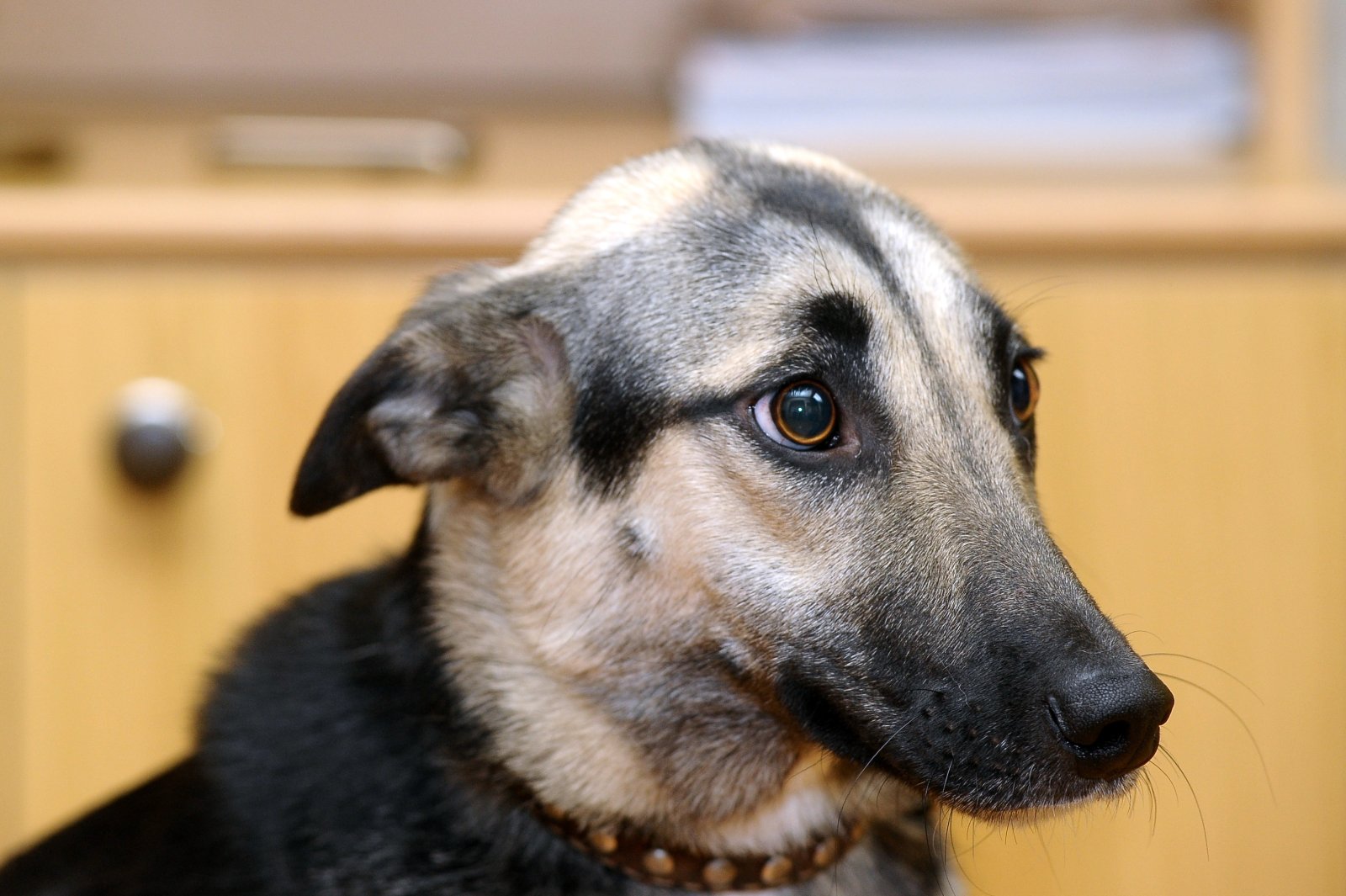
A stressed dog may exhibit widened eyes and ears pulled back, signs of hypervigilance that often mirror an owner’s anxious behaviors. This state of heightened alertness can be contagious between you and your pet.
5. Self-Soothing Behaviors

Excessive licking or chewing by your dog can be a self-soothing activity when they sense the household stress levels are high. Such behaviors are their way of coping with shared emotional turmoil.
6. Gastrointestinal Responses
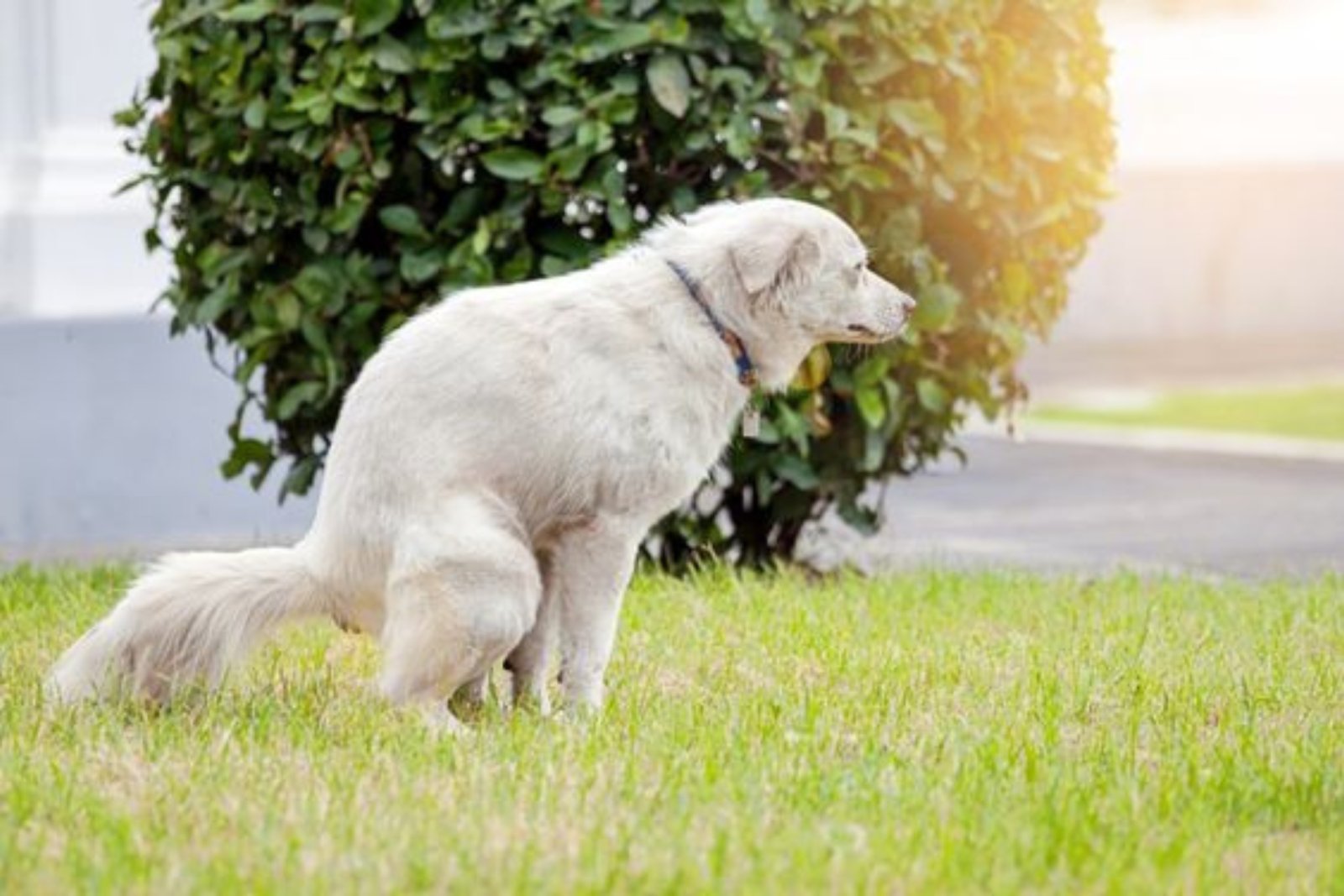
Just as humans might experience a nervous stomach, dogs can show similar stress responses with changes in digestion, like diarrhea or constipation, especially when your own anxiety is palpable.
7. Withdrawal or Clinginess

Depending on their personality, a stressed dog might either withdraw or become overly clingy. Both behaviors can be indicative of their attempt to handle the emotional climate you project.
8. Appetite Swings

A stressed dog might mirror your own loss of appetite or stress eating. Changes in their eating patterns can be a barometer for the emotional temperature of your home.
9. Sleep Disturbances

If your anxiety keeps you up at night, it’s likely affecting your dog too. They can start to sleep more or less, reflecting and reacting to your insomnia or restless nights.
10. Misplaced Aggression
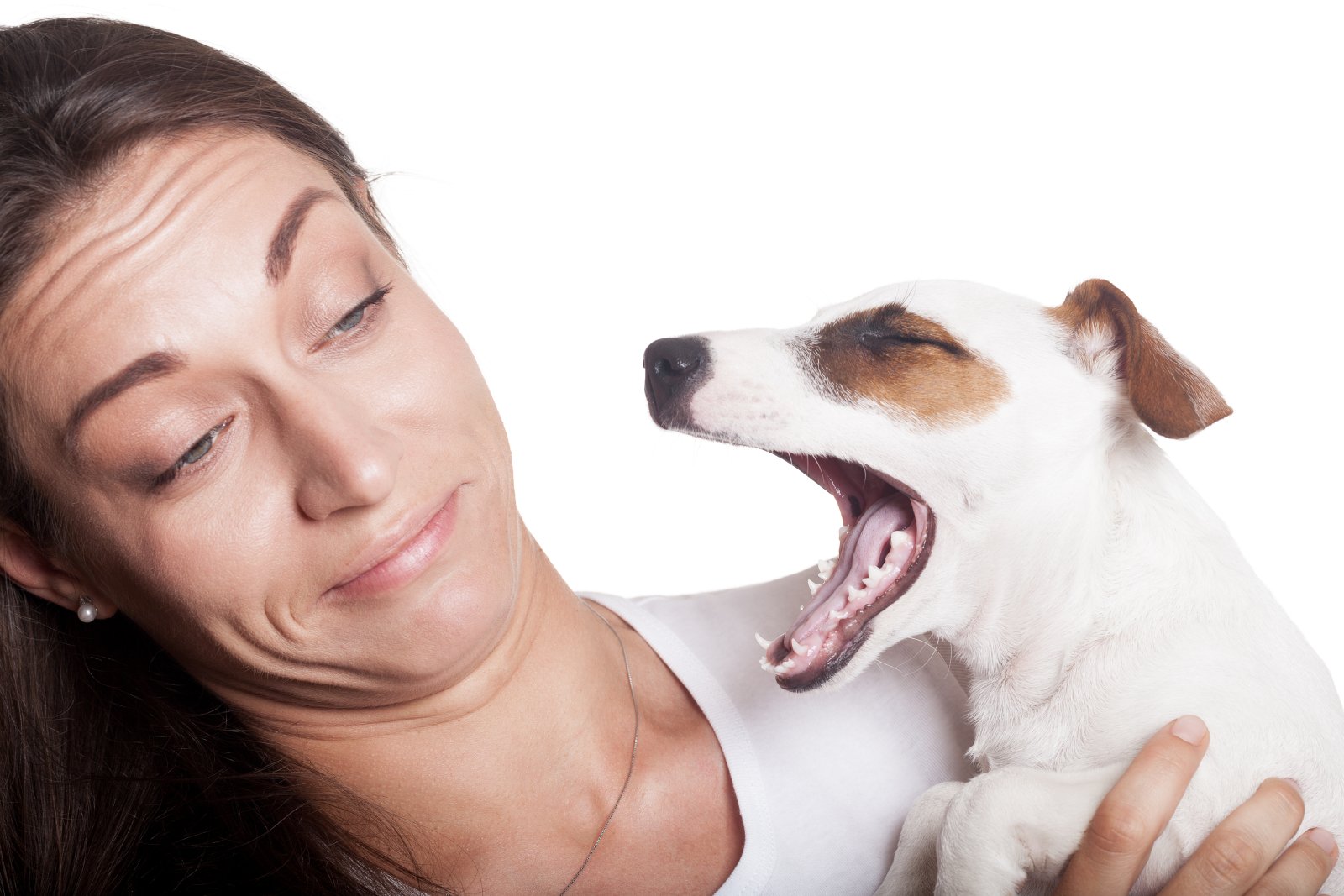
Dogs can absorb human tension and release it through unexpected aggression. This might manifest as unusual snapping at other pets or people, mirroring your internal frustrations.
11. Shivering or Shaking

Trembling in your dog can occur in the absence of the usual triggers like thunder. It can be a reaction to the subtle vibrations of stress they feel from you.
12. Vocal Stress Signals
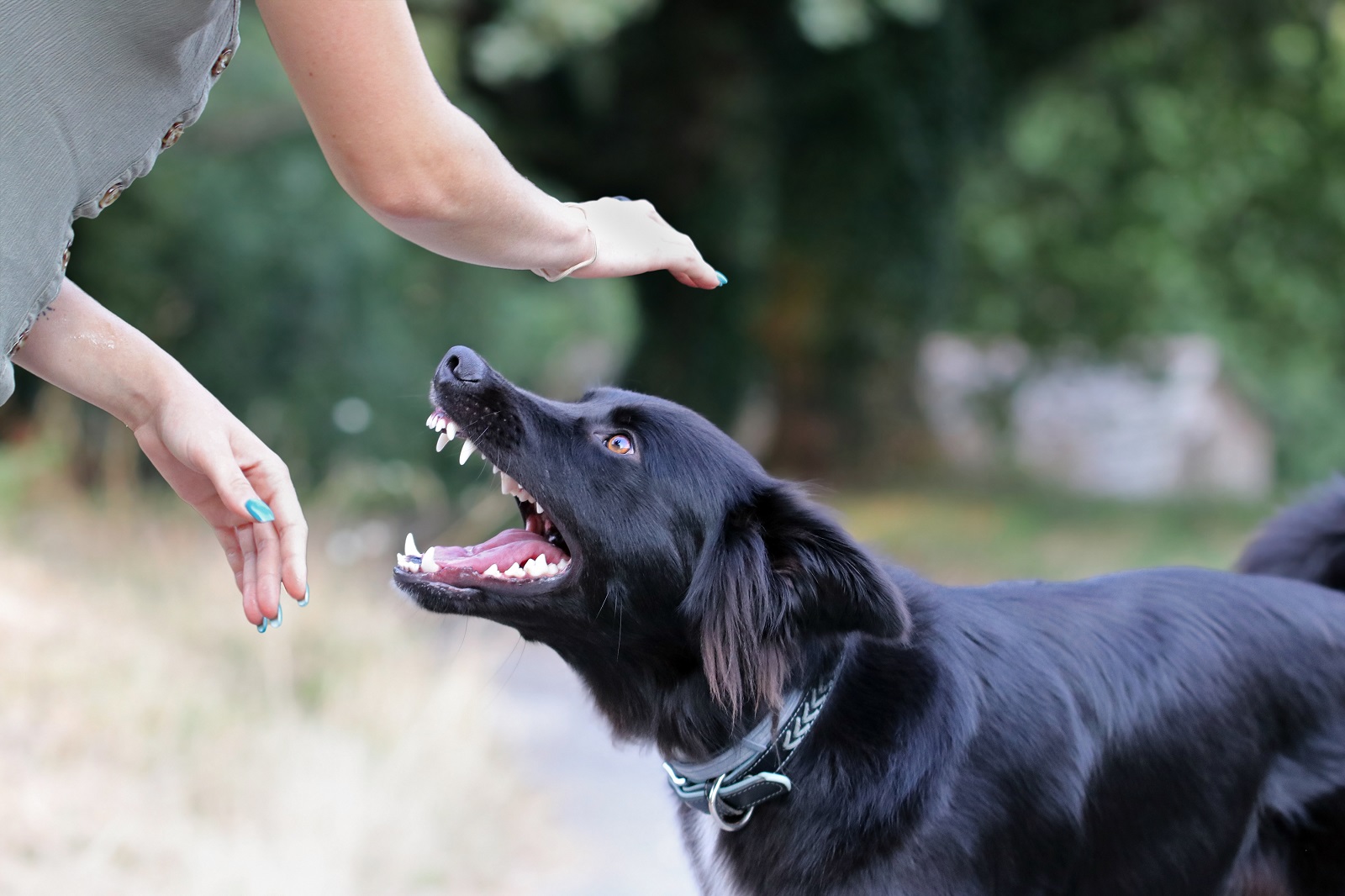
An anxious dog may become more vocal—barking or whining excessively—as a response to your spoken stresses or raised voices at home.
13. Compulsive Panting

When not related to exercise, panting can be a sign of anxiety. If you’re breathing faster due to stress, your dog might pant more in response to your cues.
14. Tail Positioning
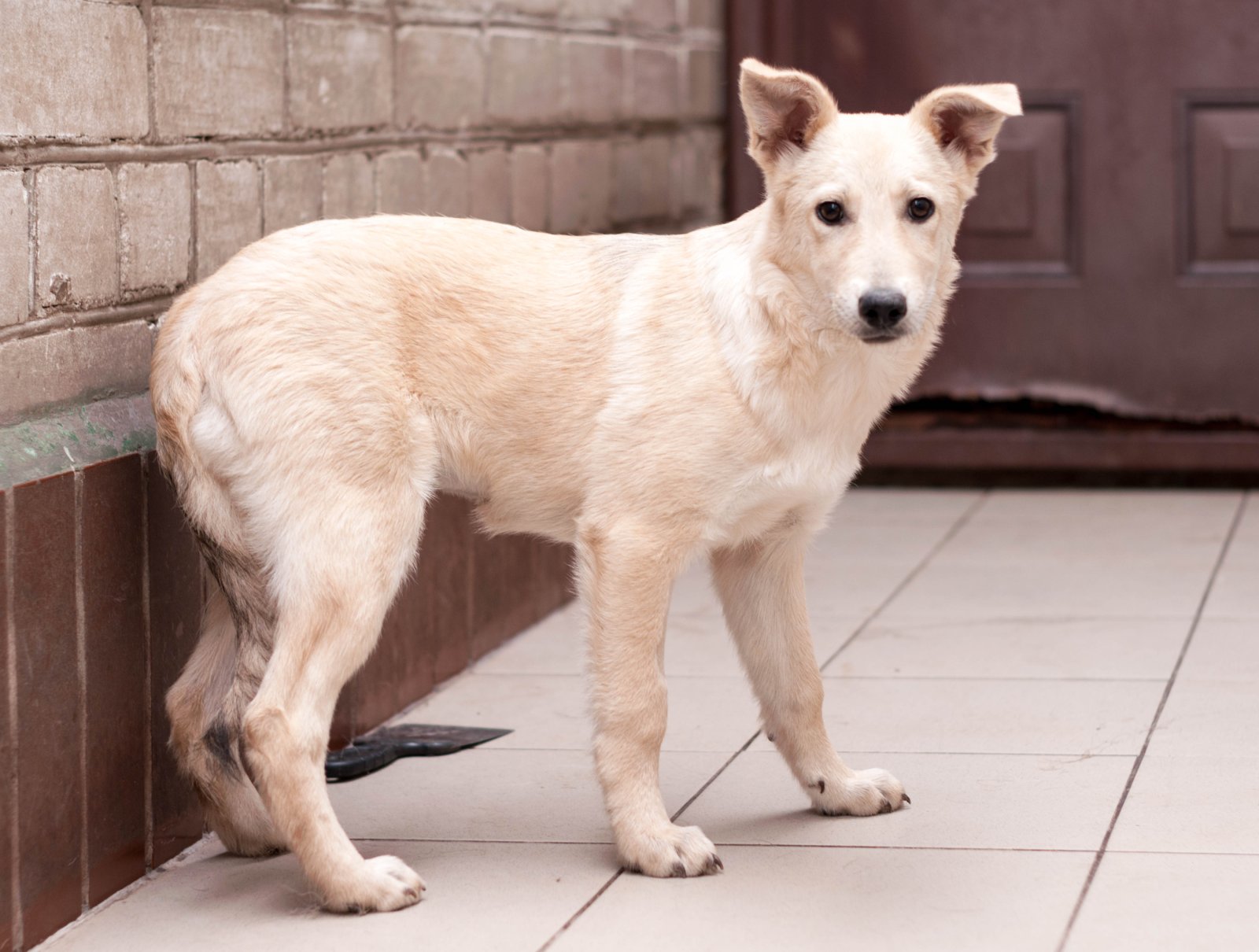
The position of your dog’s tail can reveal their emotional state; a lowered or tucked tail can indicate that they are feeling the weight of your distress.
15. Eye Contact Changes
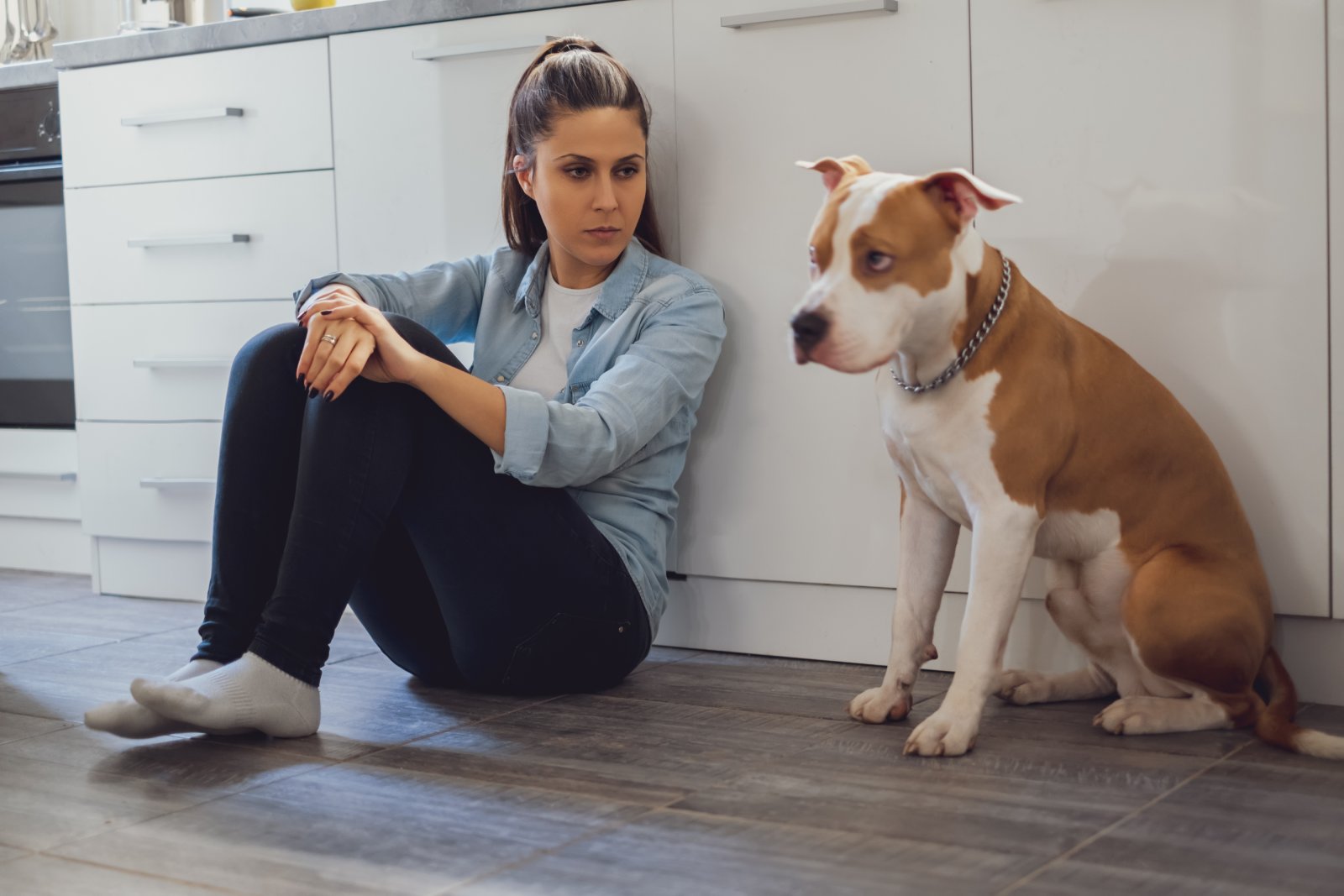
Avoiding eye contact or staring intensely can both be stress responses in dogs, reflecting their confusion or concern about your emotional state.
16. Comfort Seeking
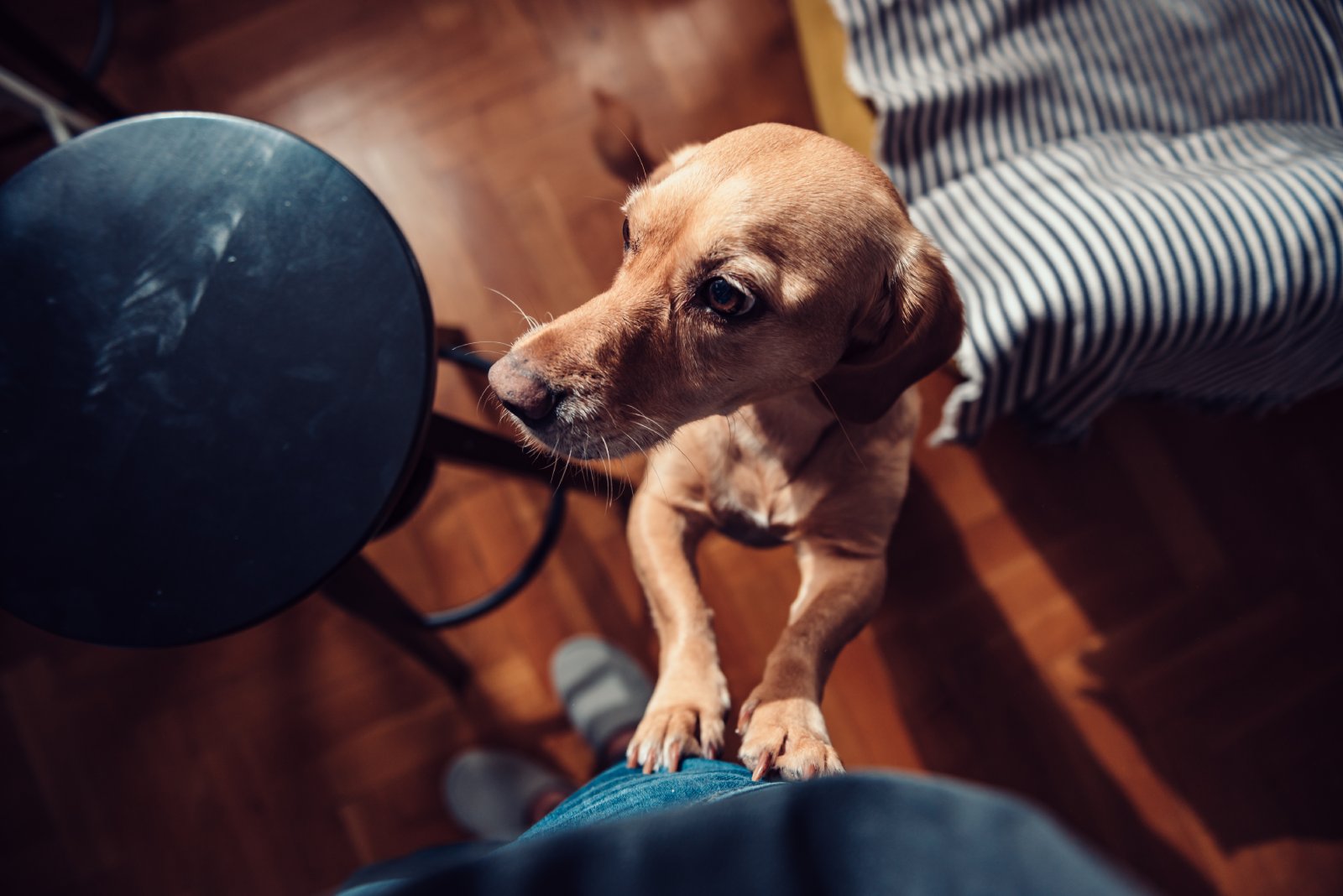
A dog that becomes overly clingy, constantly seeking touch, is likely seeking comfort from the emotional atmosphere you’re generating.
The Shared Path to Tranquility
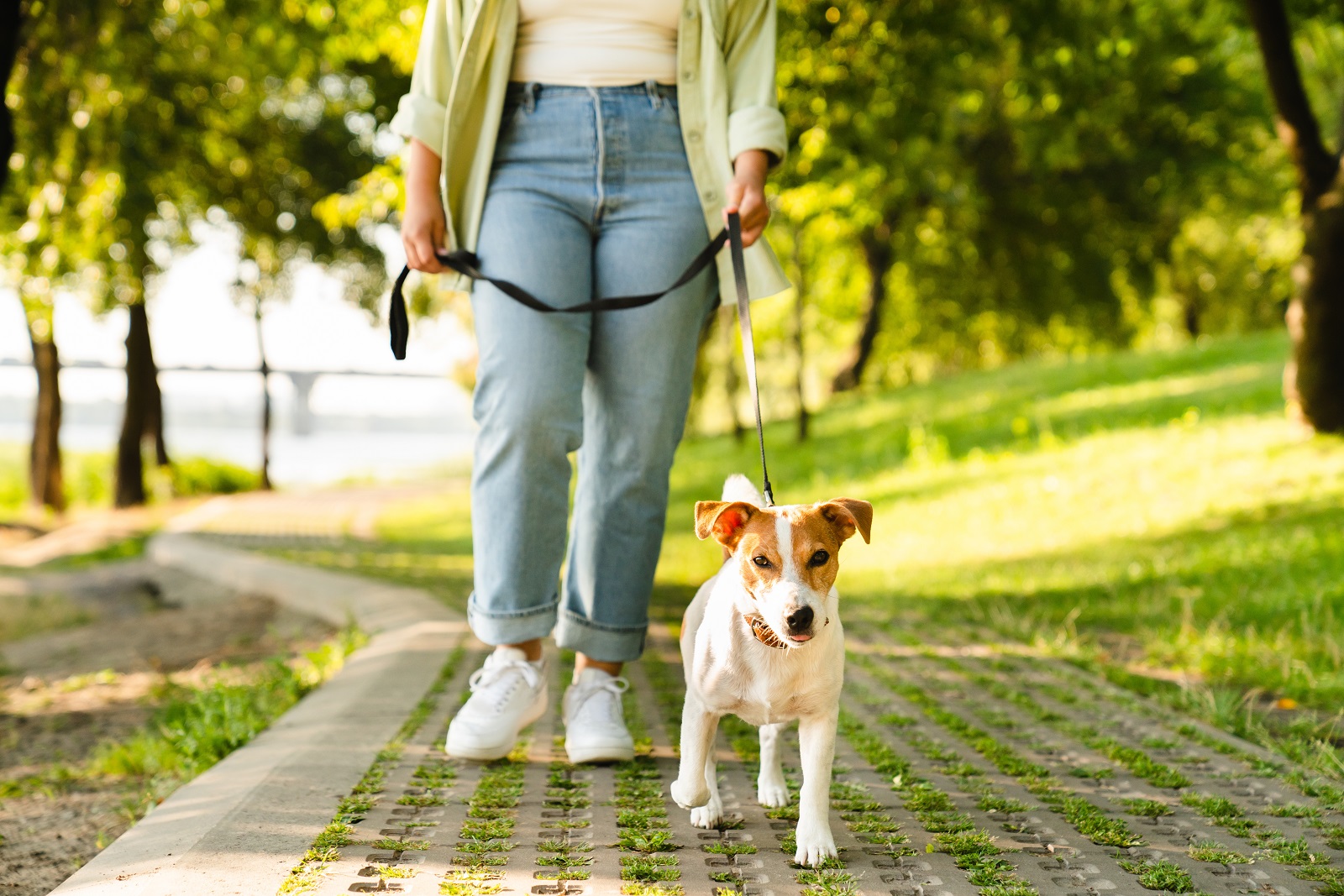
By recognizing these signs of stress, you can take steps to calm both your and your dog’s nerves. Establish routines that promote relaxation and security, like regular walks and quiet time together, to mitigate the emotional feedback loop in your shared environment.
The post Calm Down!: 16 Signs Your Dog Is Feeling Your Stress first appeared on PawShore.
Featured Image Credit: Shutterstock / DimaBerlin.
For transparency, this content was partly developed with AI assistance and carefully curated by an experienced editor to be informative and ensure accuracy.

